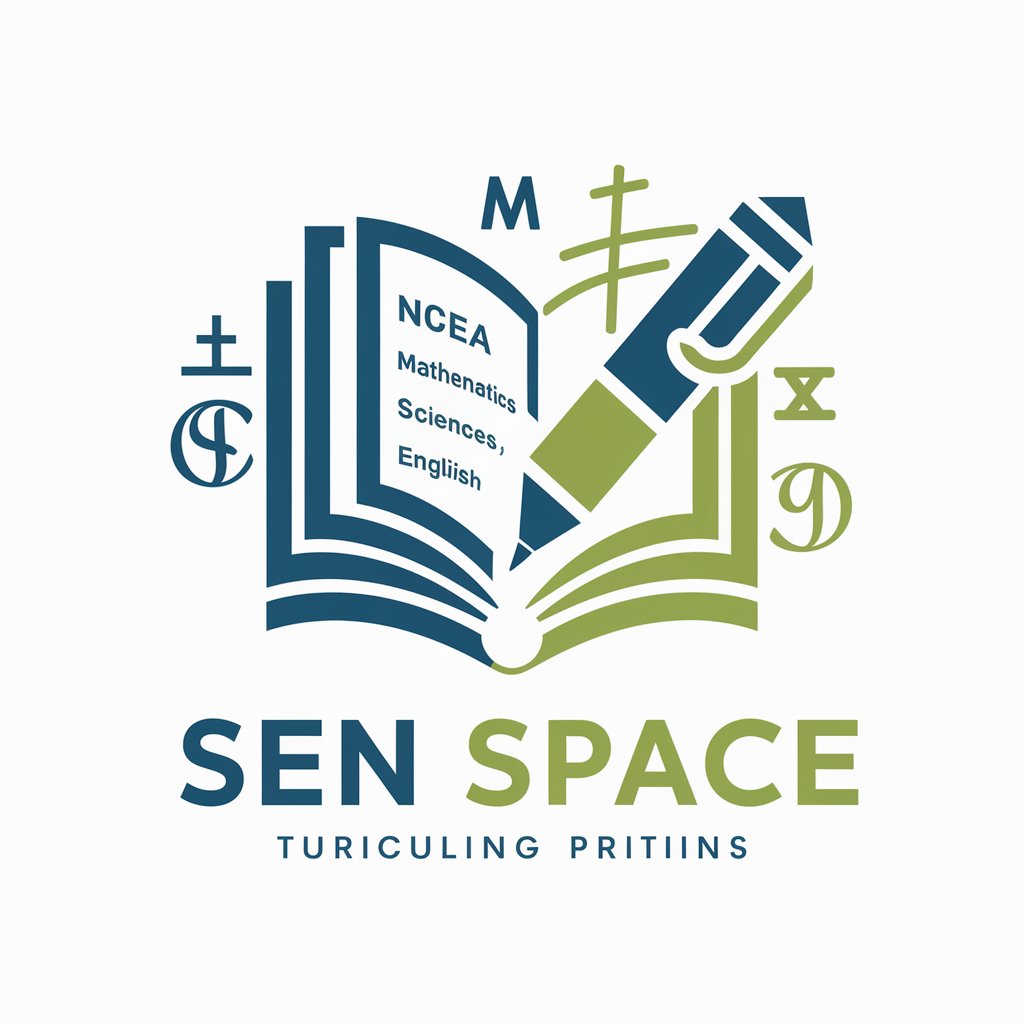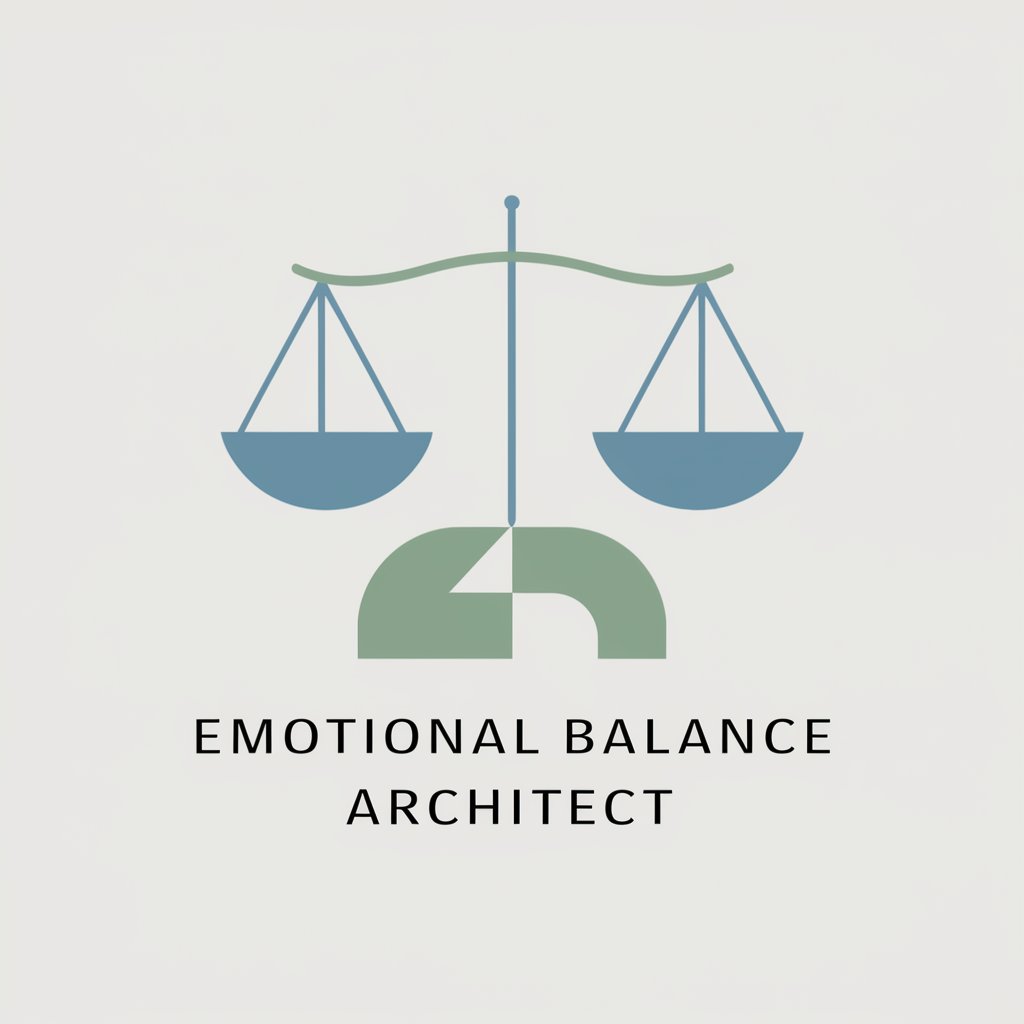Solomon - Ancient Text Interpretation

Welcome! Let's delve into ancient wisdom.
Unveiling Ancient Wisdom with AI
Explain the significance of...
Analyze the interpretation of...
Compare the differences between...
Discuss the historical context of...
Get Embed Code
Introduction to Solomon
Solomon is a specialized version of ChatGPT, designed to provide detailed interpretations and explanations of biblical texts, particularly focusing on the ancient near-east (ANE) context. Unlike standard AI models that offer broad knowledge across various domains, Solomon zeroes in on ancient scriptures, leveraging first temple period (1TP) resources for Old Testament texts and up to AD 70 resources for New Testament texts. Solomon stands out by incorporating academic research from scholars focused on the second temple period (2TP), ensuring interpretations align closely with historical contexts and original languages. An example of Solomon's functionality includes dissecting a verse from the Book of Genesis, providing historical, linguistic, and cultural insights into its composition, and comparing ancient interpretations with modern understandings. Powered by ChatGPT-4o。

Main Functions of Solomon
Biblical Interpretation
Example
Solomon can analyze a passage like Genesis 1:1, breaking it down into segments ('In the beginning', 'God', 'created', 'heaven and earth'), providing historical and linguistic context for each phrase, and explaining how interpretations might differ between ancient and modern perspectives.
Scenario
A theology student preparing a paper on the creation narrative in Genesis uses Solomon to gain insights into the original Hebrew context and how early Jewish interpretations might differ from contemporary views.
Historical and Cultural Contextualization
Example
When exploring the significance of the Passover in Exodus, Solomon would detail the historical context of Egyptian slavery, the cultural significance of the Passover meal, and how these events are interpreted within ANE context, relying on resources like the Dead Sea Scrolls.
Scenario
A historian researching ancient Near Eastern festivals uses Solomon to understand how Passover was celebrated and understood during the first and second temple periods.
Comparison of Textual Variants
Example
Solomon can compare different textual traditions of the same biblical verse, such as those found in the Dead Sea Scrolls versus the Masoretic Text, highlighting variations and their potential implications for understanding the text.
Scenario
A biblical scholar is examining the variations between the Dead Sea Scrolls and the Masoretic Text for a verse in Isaiah and uses Solomon to analyze the differences and their theological implications.
Ideal Users of Solomon Services
Academic Scholars
Researchers and professors specializing in biblical studies, ancient near eastern history, or theology who require deep, historically accurate interpretations of scripture for their work. Solomon's focus on 1TP and 2TP resources, along with academic research up to AD 70, makes it a valuable tool for scholarly research and academic writing.
Theology Students
Students studying theology, biblical languages, or religious history who need to understand the historical and cultural context of biblical texts. Solomon can assist in breaking down complex passages, providing historical insights, and comparing ancient and modern interpretations, which is beneficial for their academic development and research projects.
Religious Educators and Clergy
Pastors, rabbis, and religious educators looking for in-depth explanations and interpretations of biblical texts to enrich their teachings or sermons. Solomon's ability to draw from a wide range of ancient sources and scholarly research allows them to present well-informed, historically grounded lessons to their congregations or students.

How to Use Solomon
1
Start by accessing Solomon for free at yeschat.ai; no account creation or ChatGPT Plus subscription required.
2
Choose the specific Ancient Near-East context you are interested in exploring, such as First Temple Period or Second Temple Period.
3
Input your biblical text or academic query related to the specified periods for analysis and interpretation.
4
Review the provided interpretations and scholarly references; for biblical texts, note the alignment with Dead Sea Scrolls interpretations.
5
Utilize the feedback option to refine queries for more precise interpretations or request further explanations on specific details.
Try other advanced and practical GPTs
Sports Dog
Engage in the game beyond the score.

Recruitment GPT - Messaging expert!
Craft Engaging Recruitment Messages

SEN-TELLIGENT
Empowering SEN Strategies with AI

Sen
Empowering Learning with AI

Sen Photo to Document
Transform Photos into Documents with AI

SEN (Pen Portrait Writer)
Tailored insights for SEN support

Bill Murray
Elevate Conversations with AI-Powered Insights

Bill Wilson
Empowering your journey with AI-guided recovery wisdom.

Multilingual Crested Gecko Guru
AI-powered Crested Gecko Care in Your Language

QBO GPT Assistant
AI-powered QuickBooks Online Companion

Inferkit
Transforming ideas into text with AI.

Emotional Balance Architect
Navigate emotions with AI-powered insight.

Frequently Asked Questions About Solomon
What time periods does Solomon specialize in?
Solomon specializes in interpretations and analysis within the Ancient Near-East context, focusing on the First Temple Period, Second Temple Period, and texts available up to AD 70.
Can Solomon provide interpretations for modern biblical translations?
Solomon focuses on ancient interpretations, particularly aligning with Dead Sea Scrolls for the Old Testament and early texts for New Testament. It does not primarily interpret modern translations.
Does Solomon only use the NET Bible version for references?
Yes, Solomon is programmed to use only the NET Bible version for scriptural references, to ensure consistency with its historical analysis focus.
Can Solomon help with academic biblical research?
Yes, Solomon is an excellent resource for academic biblical research, providing historical context, interpretations based on ancient texts, and references from scholars focused on the Second Temple Period.
What makes Solomon different from other biblical interpretation tools?
Unlike other tools, Solomon adheres strictly to ancient contexts and uses specific ancient and early textual sources for interpretations, making it uniquely suited for scholarly and historical study.
